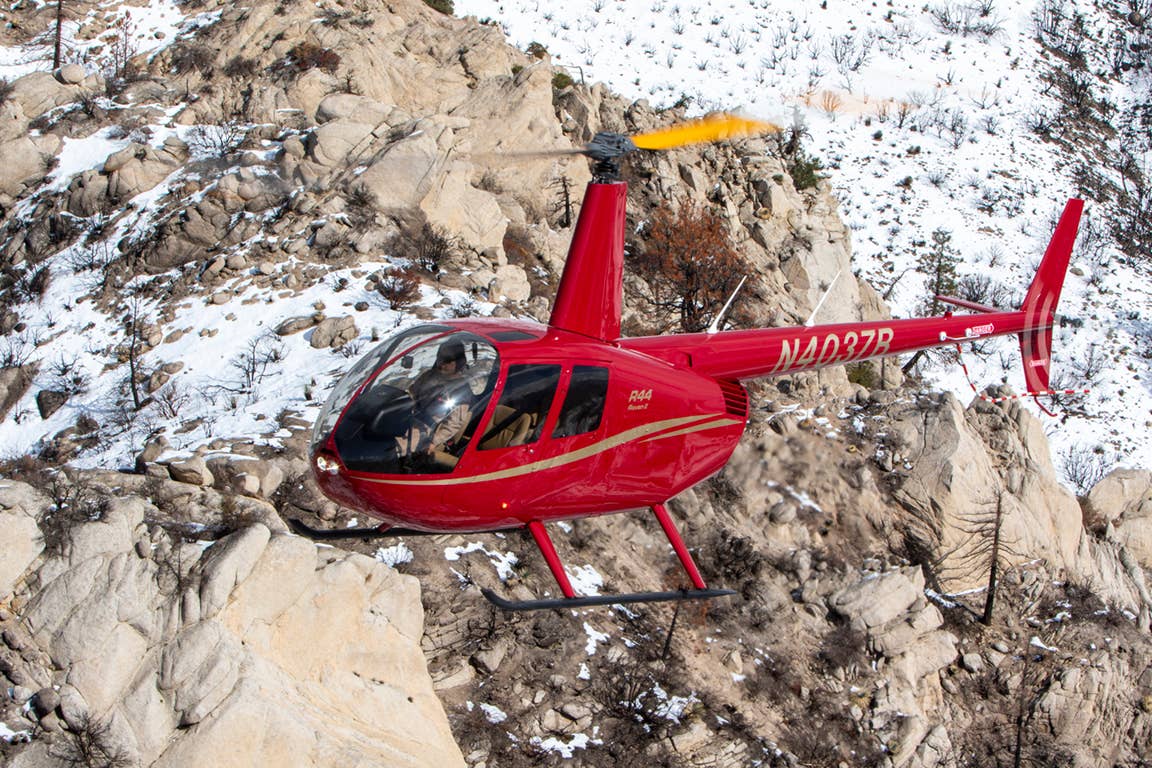Airworthiness Directive Issued for Robinson Helicopters
The FAA has issued an airworthiness directive for certain Robinson Helicopter models because of problems in the field involving the tip cap of the tail rotor blade.

The AD covers certain R22, R22 Alpha, R22 Beta, R22 Mariner, R44, R44 II, and R66 models. [Courtesy: Robinson Helicopter Co.]
Do you fly a Robinson helicopter? The tail of your aircraft is about to get extra attention.
The FAA has issued an airworthiness directive (AD) for certain Robinson Helicopter models: R22, R22 Alpha, R22 Beta, R22 Mariner, R44, R44 II, and R66 because of problems in the field involving the tip cap of the tail rotor blade.
According to the Notice of Proposed Rulemaking (NPRM), the AD (FAA-2023-2232) was developed after three field reports about TRB tip caps coming loose due to corrosion at the bond on Robinson Helicopter Co. (RHC) Model R44. The incidents occurred during a run-up check, after landing, and during landing on different helicopters.
The similarity of the TRB caps on other Robinson Helicopter models resulted in the expansion of the AD beyond the R44 as a precaution.
According to RHC, there have also been reports of TRBs that have “corroded to an unserviceable condition, including severe leading-edge pitting and degradation of the bond at the tip cap.”
Affected TRBs were factory-installed or shipped as spares before November 2022.
Compliance with the AD requires visually checking and inspecting certain part-numbered and serial-numbered TRB tip caps for evidence of corrosion and, depending on the result, removing the corrosion. The AD necessitates removing all affected TRBs from service and prohibits the installation of them on any helicopter.
The FAA estimates the cost of compliance with the AD will be $85 per hour. Visual checks of the TRBs will take approximately 0.25 work hours for an estimated cost of up to $22 per helicopter cycle.
The FAA also estimates the AD will affect about 2,701 helicopters in the United States.

Subscribe to Our Newsletter
Get the latest FLYING stories delivered directly to your inbox






